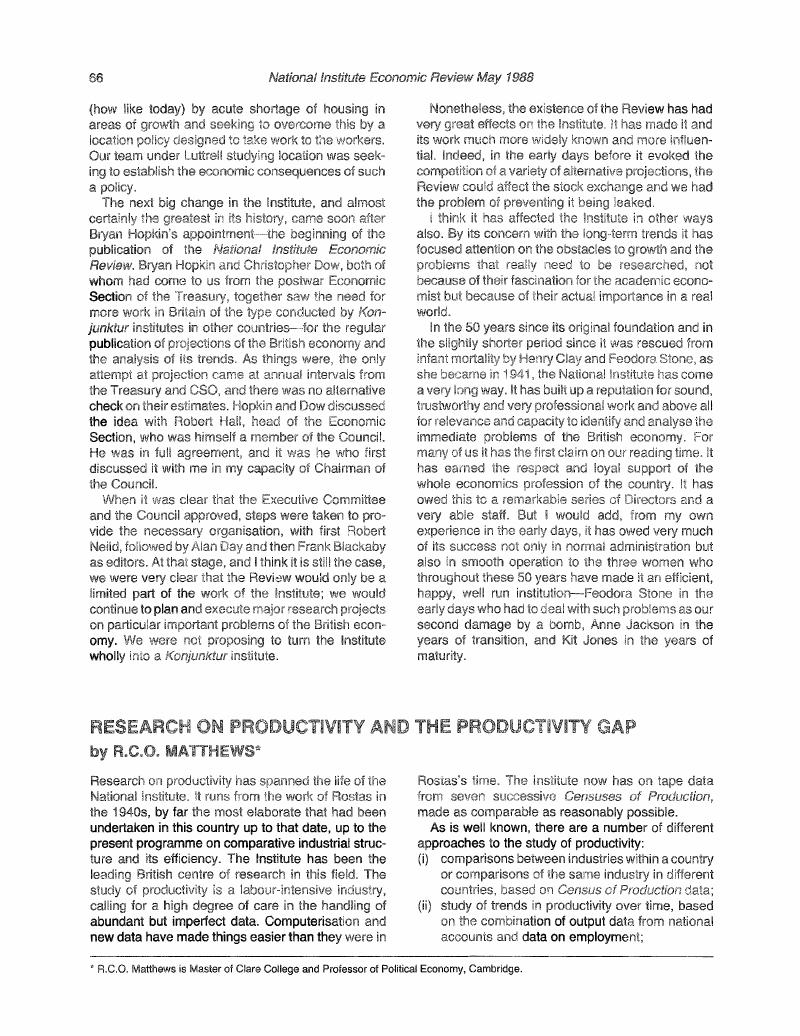Crossref Citations
This article has been cited by the following publications. This list is generated based on data provided by Crossref.
Sterlacchini, Alessandro
1989.
R&D, innovations, and total factor productivity growth in British manufacturing.
Applied Economics,
Vol. 21,
Issue. 11,
p.
1549.
Hitchens, Dmwn
and
Birnie, Je
1989.
The United Kingdom's productivity gap: Its size and causes.
Omega,
Vol. 17,
Issue. 3,
p.
209.
Tomlinson, Jim
2003.
Review: HM Treasury and Productivity in the UK.
Competition & Change,
Vol. 7,
Issue. 2-3,
p.
149.





